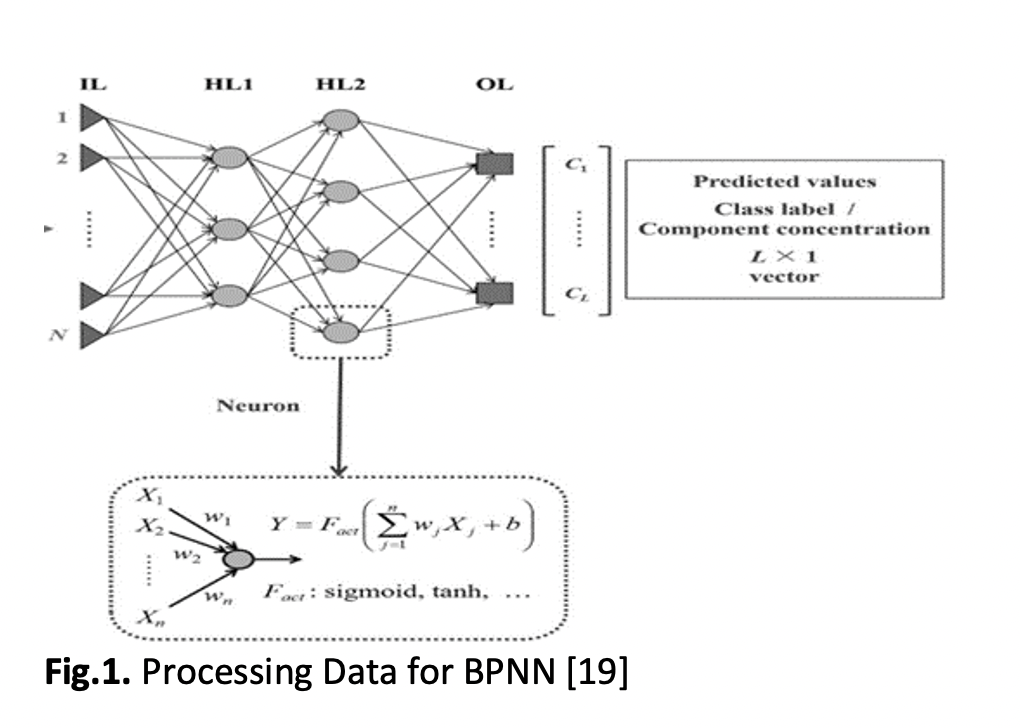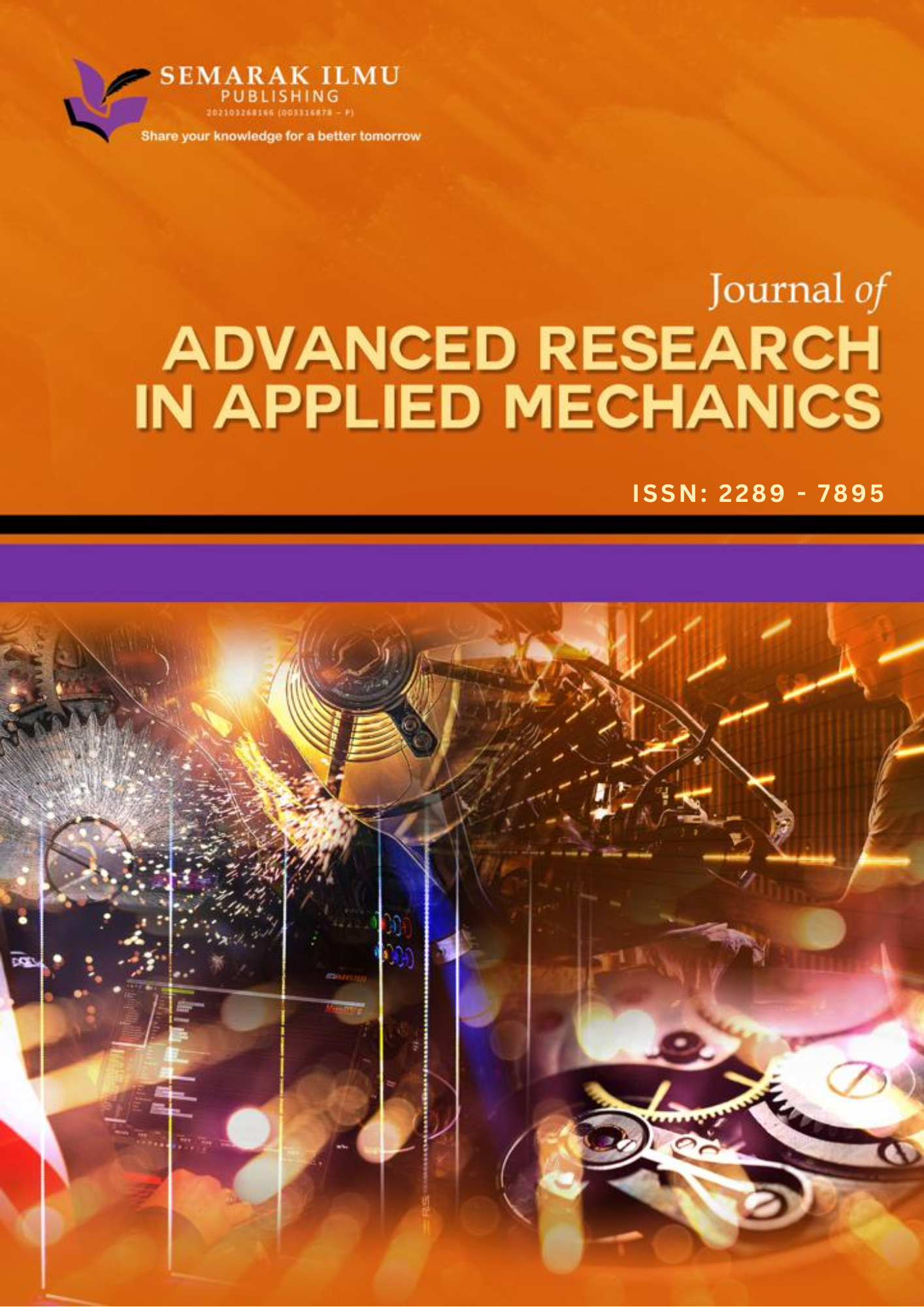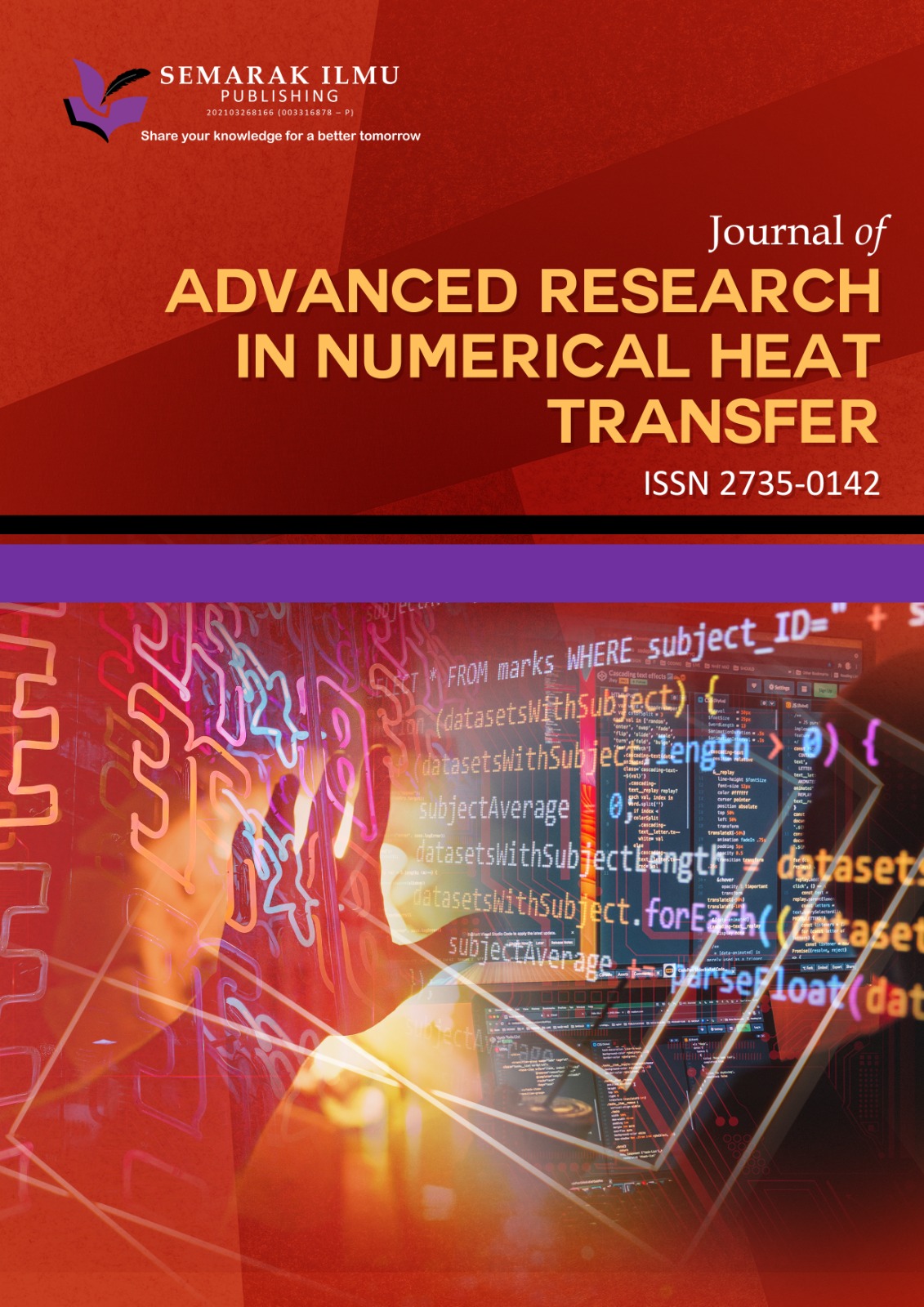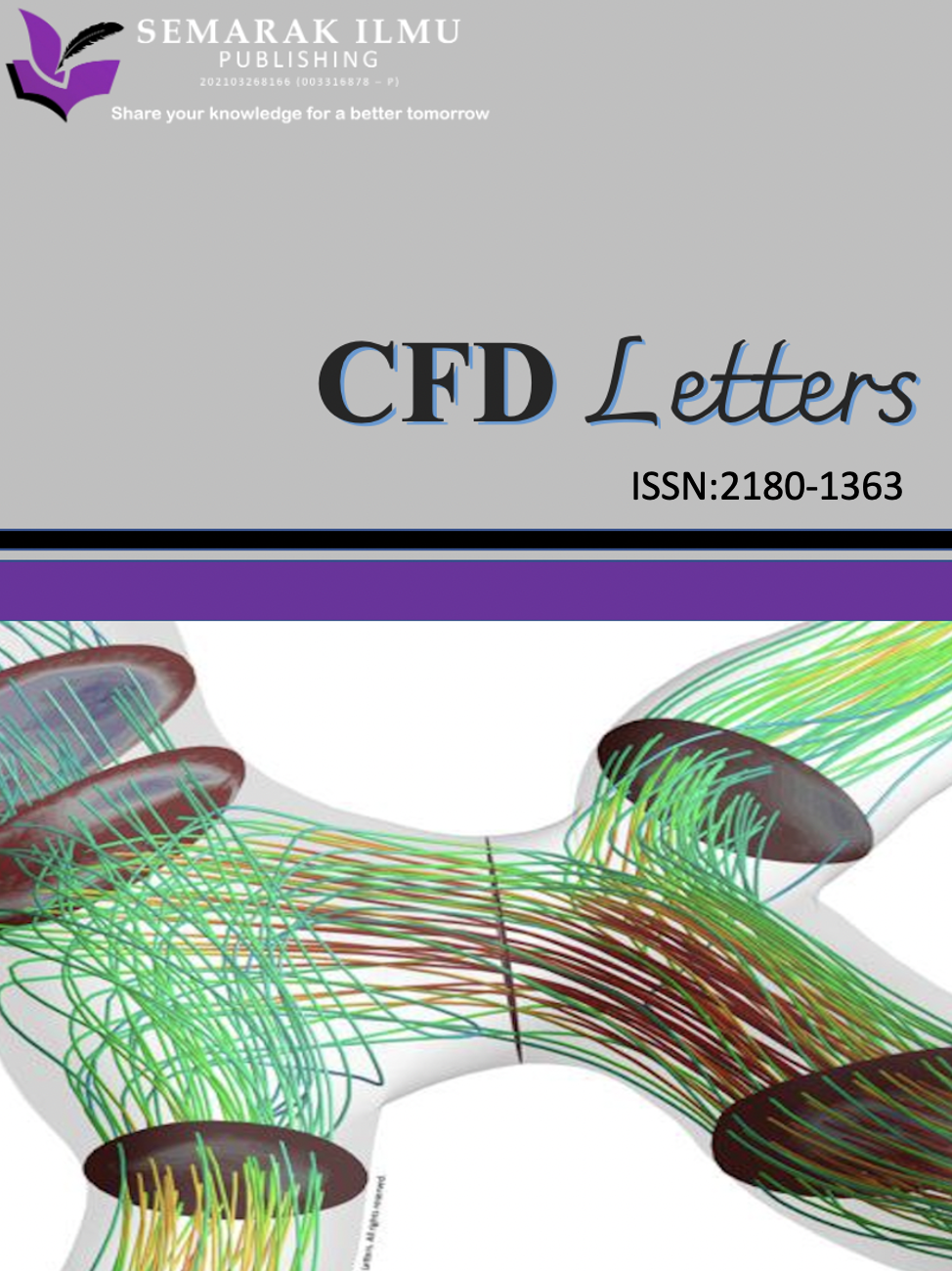GCPV-DSTATCOM Performance Analysis with PQ Theory and HCGBP Control Algorithm under Unbalanced Load Conditions
Keywords:
Solar Photovoltaic, DSTATCOM, Neural NetworkAbstract
This paper investigates the performance of a grid-connected solar photovoltaic (GCPV) based Distribution Static Compensator (DSTATCOM) with a hybrid conjugate gradient backpropagation (HCGBP) controller. The study introduces a hybrid control algorithm that combines Instantaneous Reactive Power Theory with conjugate gradient backpropagation neural network for a three-phase, three-wire grid-connected solar PV (GCPV) based DSTATCOM. The proposed system is implemented in a simulation environment using MATLAB/Simulink. The system's performance is evaluated under two conditions: non-linear steady-state and load balancing conditions. The results indicate that the proposed control algorithm significantly reduces the Total Harmonic Distortion (THD) of the line current, achieving THD values of 1.32% and 1.33% under both conditions, compared to the THD reduction of 4.56% achievable with the PQ Theory alone under the same conditions. This demonstrates the effectiveness of the HCGBP control strategy, offering improved efficiency, faster response, and ease of implementation. Moreover, the simulation outcomes validate the reduction of THD in the line current at the Point of Common Coupling (PCC) has been successfully decreased to below 8%, aligning with the IEEE standard 519:2014.Downloads



















